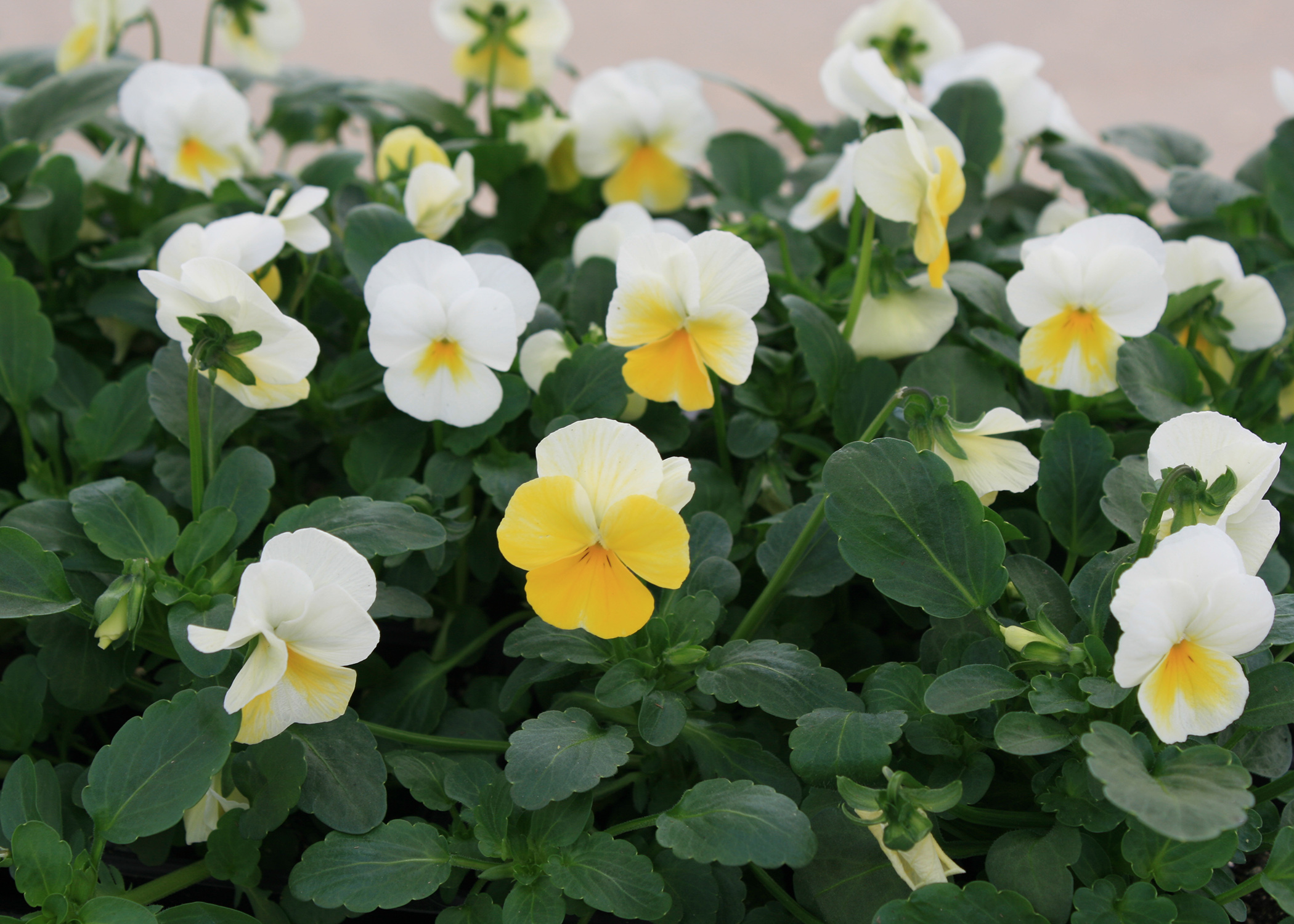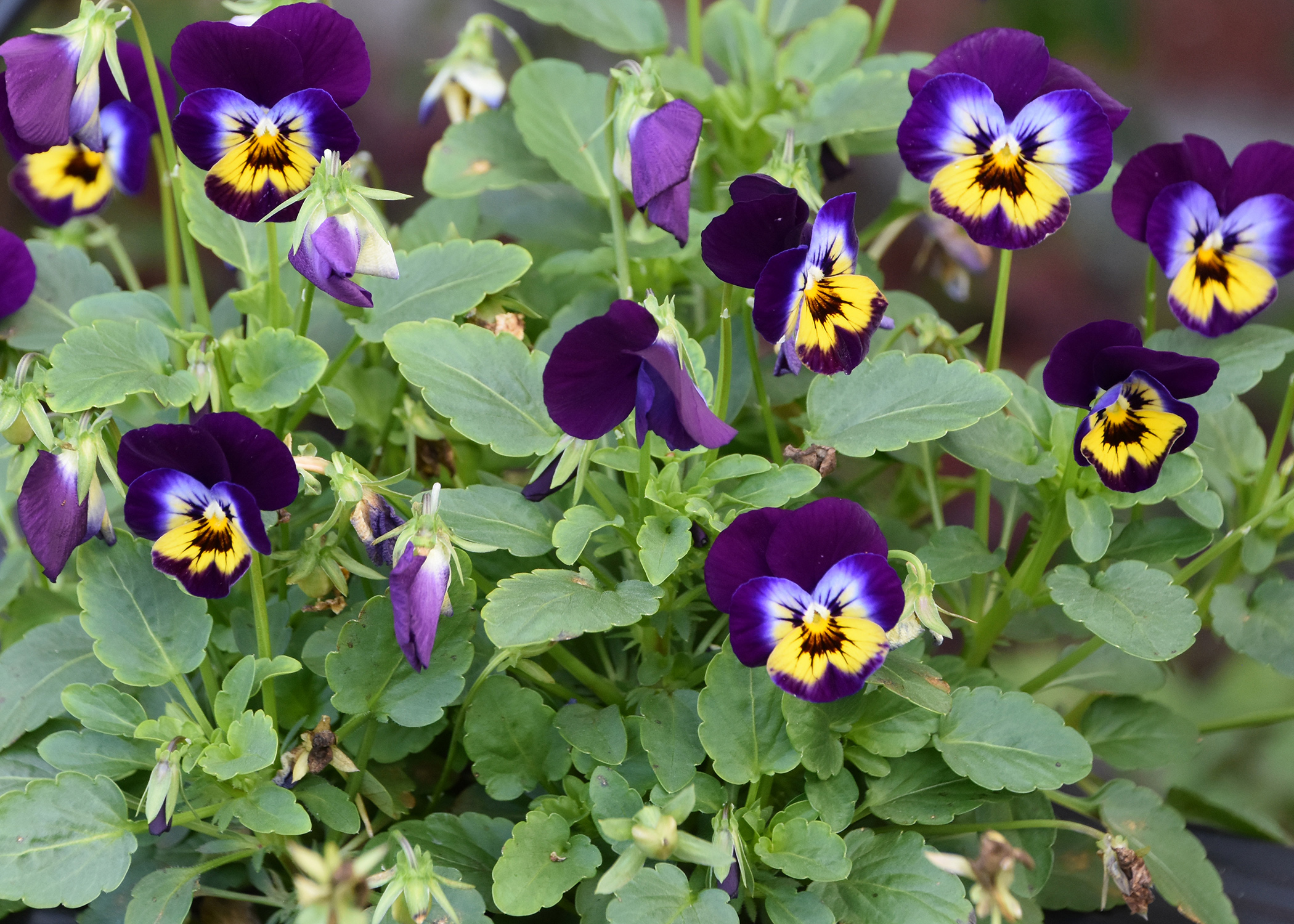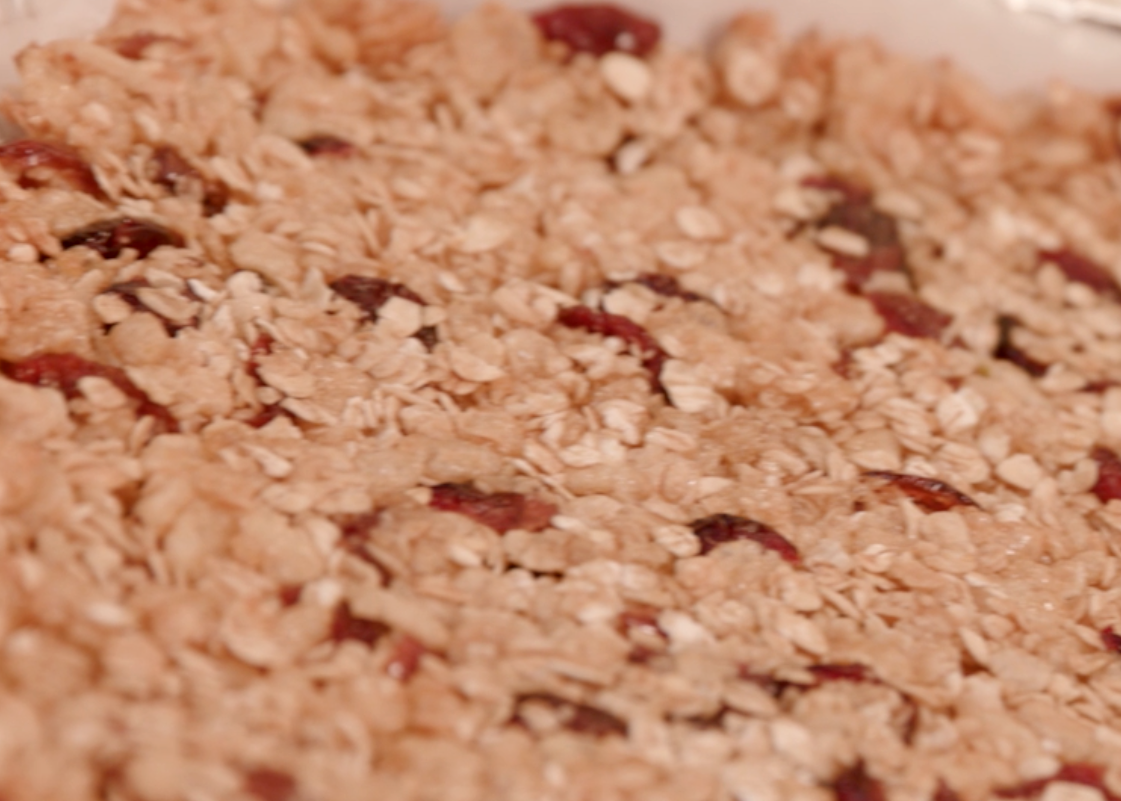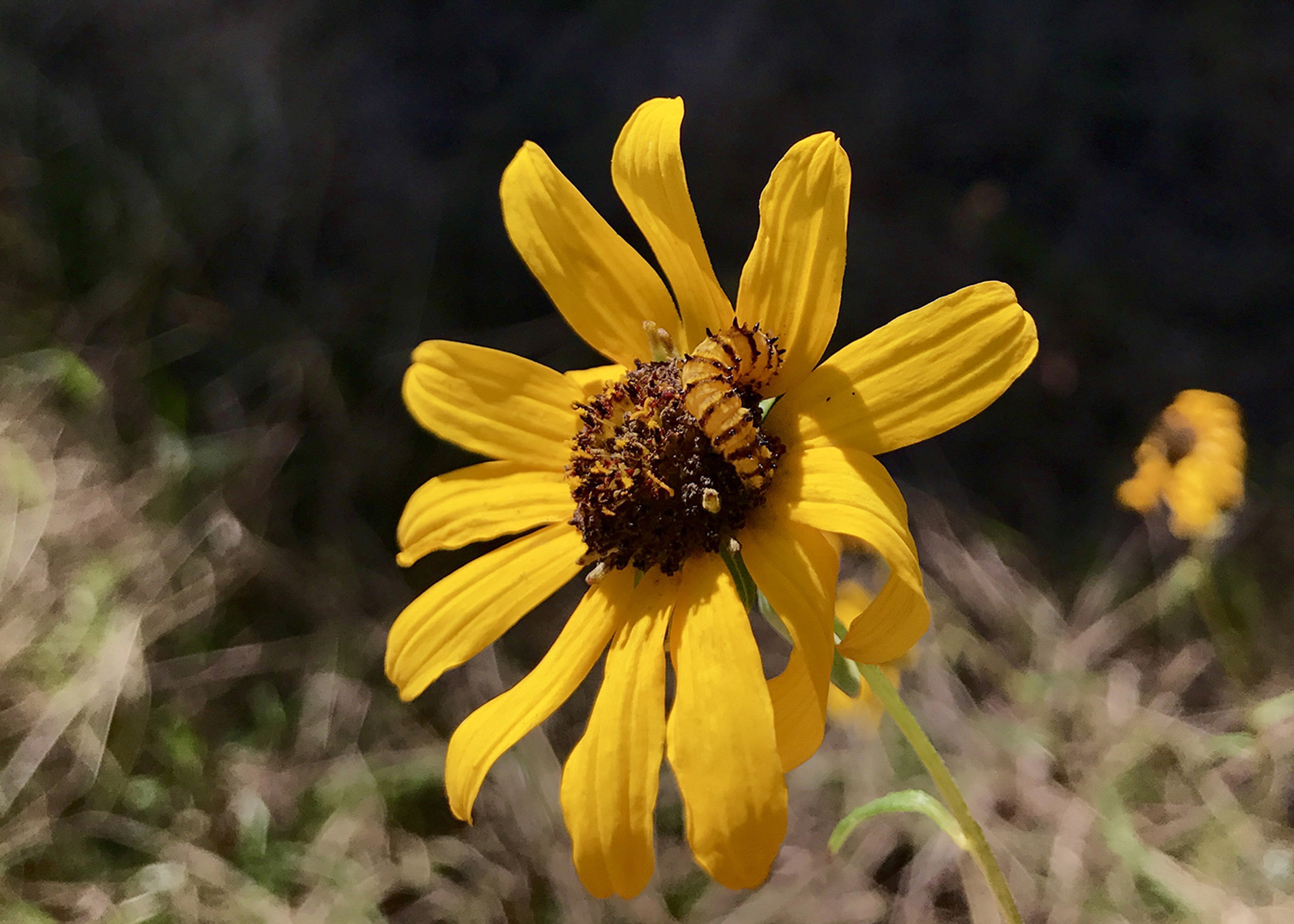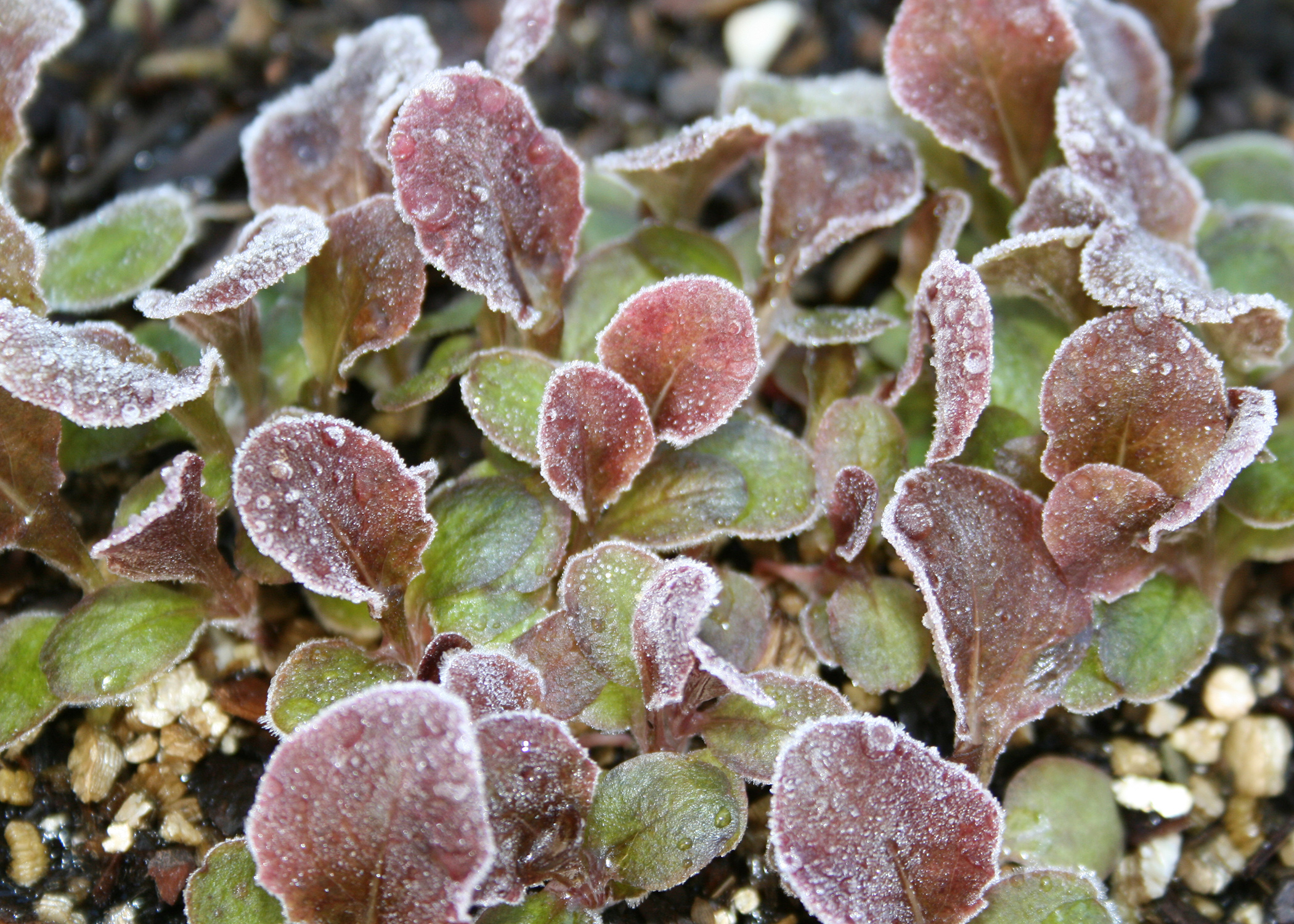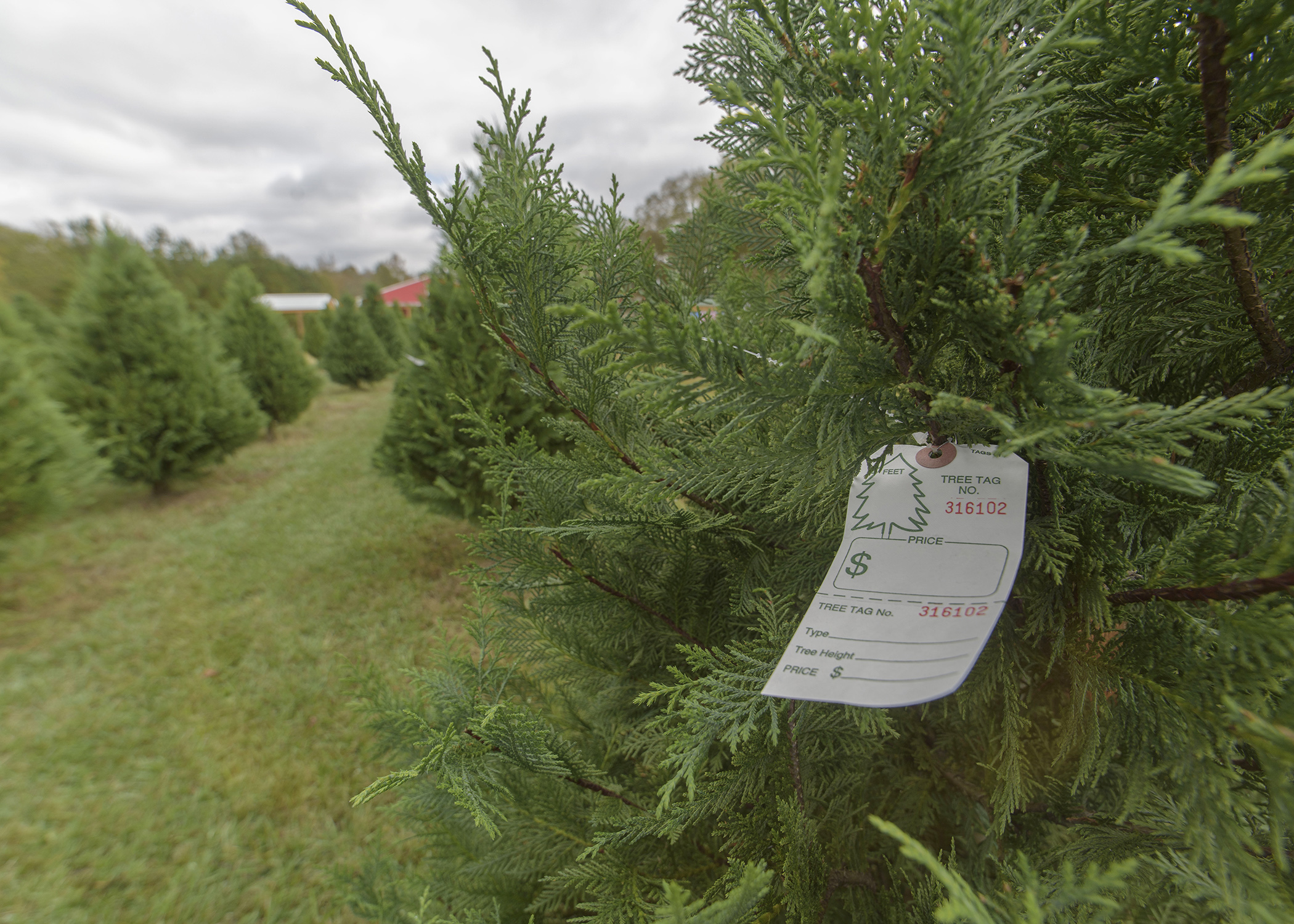Deer hunters know all too well the power of a deer’s sense of smell, or more technically speaking, its olfactory system. A change of wind direction can give deer just a whiff of human scent and send them running and send a hunter back to the truck empty handed.
Many people appreciate its flavor and soothing affects, but honey may receive more credit than it deserves.
Since ancient times, people have tried to use honey for medicinal purposes. Even today, people hope it will manage allergies, weight or diabetes. However, the use of honey just might not be as powerful as some believe.
Are you looking for cool-season color that’s a sure thing -- a take-it-to-the-bank garden plant? Then, do I have the plant for you. Though quite small in stature, this plant is huge in the color department. Now that I’ve got your attention, the plant I’m referring to is the beautiful viola.
Making my own snacks gives me complete control over the ingredients. I love to use local honey in this recipe for homemade granola bars, which are lower in calories than most store-bought options, and are high in fiber. And the cranberries give this snack that sweet-tart combination I enjoy. (Photo by Jonathan Parrish/Cindy Callahan)
As good food and hunting take center stage throughout the holidays, take a moment to give thanks for the pollinators that made much of it possible.
We acknowledge many benefactors during the holidays, but one group of little helpers in all of these traditions usually goes unnoticed.
This past week, we got a rude wakeup call from Mother Nature saying that winter has finally arrived.
I answered many phone calls and emails asking what could be done to protect landscape plants. I even shared some last-second cold weather protection tips on WLOX television. I want to point out that, except for the most tender, most plants came through the couple of days of cold weather just fine.
Hunters play a large role in helping to manage Mississippi’s deer population. Hunters not only help control deer numbers but also provide statewide harvest data that gives biologists insight into deer numbers, health and conditioning.
As we enter the first deer hunting season since the confirmation of chronic wasting disease -- or CWD -- in the state, we need assistance from Mississippi deer hunters more than ever.
Mississippians looking for locally grown Christmas trees have several varieties to choose from but should be prepared to shop early for the best selection.
John Kushla, a Mississippi State University Extension Service specialist and research professor who specializes in agroforestry and Christmas trees, said there are several ways to test for freshness when choosing the perfect tree at a tree farm.
Not into conventional gardening? A salad table just may be for you.
With these elevated gardening beds, you can grow fresh vegetables and herbs throughout the year right at your fingertips. These tables work well in small spaces and eliminate the physical demands of an in-ground garden. (Photo courtesy of Carla Moore)



